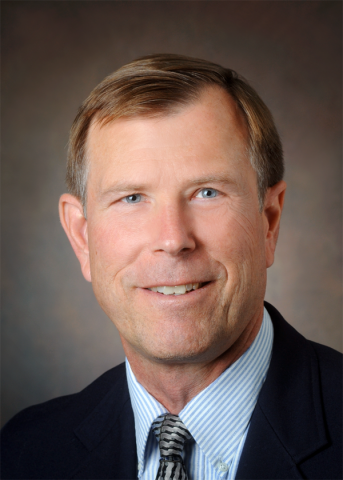Schmidt, J. and Carlson, C.R. (2009). A controlled comparison of emotional reactivity and physiological response in masticatory muscle pain patients. Journal of Orofacial Pain, 23, 230-242.
Burris, J.L., Cyders, M.A., de Leeuw, R., Smith, G.T., & Carlson, C.R. (2009). Post-traumatic stress disorder symptoms and chronic orofacial pain: An empirical examination of the mutual maintenance model. Journal of Orofacial Pain, 23, 243-252.
Burris, J.L, Smith G.T., & Carlson, C.R. (2009). Relations among religiousness, spirituality and sexual practices. Journal of Sex Research, 46, 282-289.
Burris, J.L., Brechting, E.H., Salsman, J., & Carlson, C.R. (2009). Factors associated with the psychological well-being and distress of university students. Journal of American College Health, 57, 536-544.
Schmidt, J.E., Carlson, C.R., Usery, A.R., & Quevedo, A.S. (2009). The effects of tongue position on mandibular muscle activity and heart rate variability. Oral Surgery, Oral Medicine, Oral Pathology, Oral Radiology, and Endodontology, 108, 881-888.
Burris, J.L., Evans, D.R., & Carlson, C.R. (2010). Psychological correlates of medical comorbidities in patients with temporomandibular disorders. Journal of the American Dental Association, 141, 22-31.
Sauer, S.E., Burris, J.L., & Carlson, C.R. (2010). New directions in the management of chronic pain: Self-regulation theory as a model for integrative clinical psychology practice. Clinical Psychology Review, 30, 805-814.
Davis, C.E., Carlson, C.R., Studts, J.L., Curran, S.L., Hoyle, R.H., Sherman, J.J., & Okeson, J.P. (2010). Use of a structural equation model for prediction of pain symptoms in patients with orofacial pain and temporomandibular disorders. Journal of Orofacial Pain, 24, 89-100.
Brechting, E.H., Brown, T.L., Salsman, J.M., Sauer, S.E., Holeman, V.T., & Carlson, C.R. (2010). The role of religious beliefs and behaviors in predicting underage alcohol use. Journal of Child and Adolescent Substance Abuse, 19, 324-334
Solberg Nes, L., Carlson, C.R., Crofford, L.J., de Leeuw, R., & Segerstrom, S.C. (2010). Self-regulatory deficits in fibromyalgia and temporomandibular disorders. Pain, 151, 37-44.
Cyders, M.A., Burris, J.L., & Carlson, C.R. (2011). Disaggregating the relationship between posttraumatic stress disorder symptom clusters and chronic orofacial pain: Implications for the prediction of health outcomes with PTSD symptom clusters. Annals of Behavioral Medicine, 41, 1-12.
Schmidt, J.E., Hooten, M.W. & Carlson, C.R. (2011). Utility of the NEO-FFI in multi-dimensional assessment of orofacial pain conditions. Journal of Behavioral Medicine, 34, 170-181.
Burris, J.L., Sauer, S., & Carlson, C.R. (2011). A test of religious commitment and spiritual transcendence as independent predictors of underage alcohol use and alcohol-related problems. Psychology of Religion and Spirituality. 3, 231-240.
Solberg Nes, L., Carlson, C. R., Crofford, L. J., de Leeuw, R., & Segerstrom, S. C. (2011). Individual differences and self-regulatory fatigue: Optimism, conscientiousness, and self-consciousness. Personality and Individual Differences, 50, 475-480.
Carlson, C.R., & Miller, C.S. (2012). Learning to do your very best: 6 habits for academic success. Summer Workshop: Lexington, KY.
Burris, J.L., Perez, C.V., Evans, D.R., & Carlson, C.R. (2013). A preliminary study of cigarette smoking in female orofacial pain patients. Behavioral Medicine, 39, 73-79.

